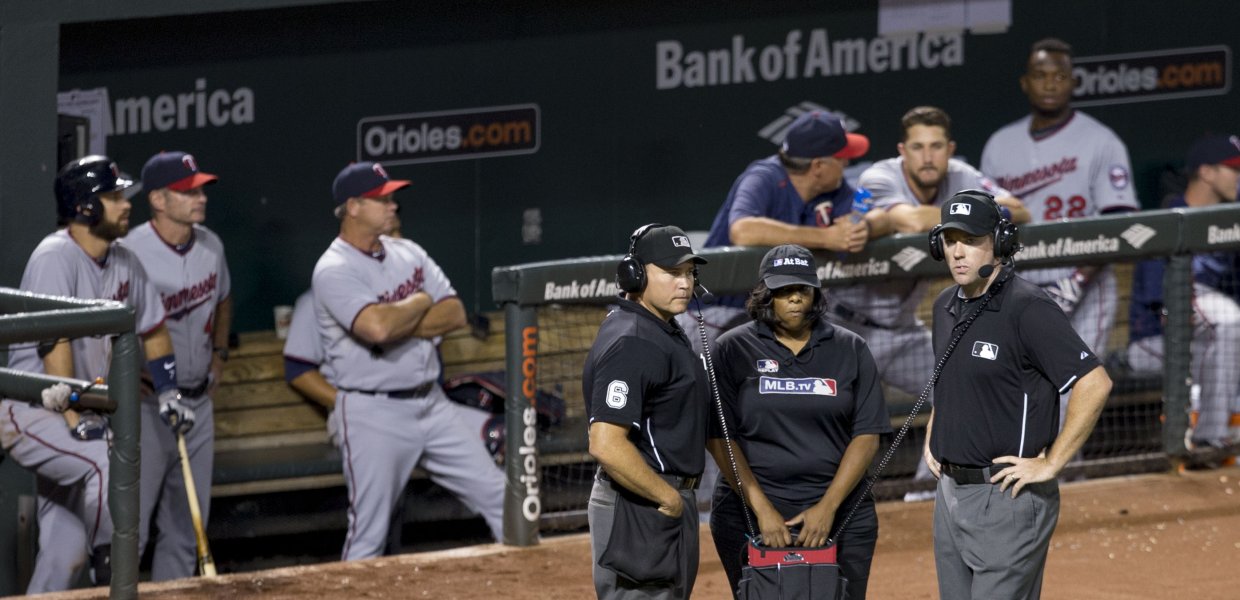As Opening Day came and went this week and the newest implementations of MLB’s effort to decrease game lengths were introduced, it made me start thinking about what has changed both within the sport and in society in general over the past few decades. Since 1980, MLB games have increased in average length from 2 hours and 33 minutes to just over 3 hours.
As a result, MLB Commissioner Rob Manfred implemented parameters designed essentially to decrease action-less time during games. A handful of factors have contributed to these increases and made them more severe—technology has played a role.
Decreasing attention spans, increasing amenities. Over the past few decades, activities at and away from the ballpark have changed. In general, technology has become a mainstream part of daily life, with an increasing number of people relying more on technology for a variety of tasks including entertainment. Likewise, the ballpark experience has changed. Though many tradition facilities like Wrigley Field, Fenway Park and Dodger Stadium remain, many new ballparks provide fans with additional ways to entertain themselves and consume products away from the game itself. As society has grown more accustomed to constant stimulation, pressure has been put on baseball to keep their viewers adequately entertained.
More strategy and matchups based on sabermetrics. With the evolution of bullpen use in professional baseball and, consequently, more pitchers being used on average per game, an increasing amount of time today is spent on pitching changes. This shift in bullpen use demonstrates how managers rely more heavily on saber-metric analysis today to coordinate the most favorable matchups, no matter how many moves it takes. Likewise, as David Ortiz has noted in the past, professional hitters take their time in between pitches to think along with the pitcher and understand opponents’ game plan. These minor delays can aggregate to make up considerable increases in average game times.
Introduction and expansion of replay. The past few years has also seen the implementation of replay technology to improve the accuracy of umpiring in Major League games. When a manager decides to challenge a call, umpiring crews contact the New York-based replay center via headsets and modify their original call accordingly. This process—though it has been made more efficient since the introduction of replay—still impacts the overall length of games.
The above factors each illustrate—to varying degrees— the impact technology has had on the game. Smartphones have contributed to fans’ increasing desire for stimulation. Likewise, reliance upon sabermetric analysis and replay technology not previously available or commonplace have tacked onto game lengths.
Though technological advancement can prove problematic in certain areas of baseball—and sports in general—it certainly can provide opportunity. These opportunities stretch from an increased capacity to attract and connect with fans to the ability to improve the quality of play and on-field product. MLB leaders are tasked with the challenge of preserving the integrity of such a traditional aspect of American life while using off-field advancements to continue to grow and improve the game.
Flickr / Photo by Keith Allison.









